
When choosing a cantaloupe, use these 4 tips to ensure you buy one with thin skin and sweet flesh.
Tips to Choose the Best Golden Melon: Thin Skin, Sweet Flesh
Choosing a good golden melon is not difficult once you know a few simple tricks. By following the tips below, you can easily pick melons with thin skin, juicy flesh, and naturally sweet flavor.
Golden melons are known for their refreshing sweetness and enticing aroma when fully ripe. Each slice is filled with moisture, making it a perfect fruit for hot days. However, many people struggle when selecting golden melons, unsure how to tell which ones are ripe and flavorful.
Below are the most reliable methods you can apply to confidently choose a delicious, fully ripe golden melon.
1. Check the Stem Area: Should You Choose Melons With or Without Stems?
According to experienced farmers, the stem area reveals a lot about a melon’s ripeness. When buying golden melons, you should choose fruits without stems.
A naturally ripened melon will dry out at the stem and detach from the fruit on its own. This creates a smooth, round indentation where the stem used to be. The edge of the circle often looks slightly jagged, like tiny saw teeth—this is a clear sign the melon has reached full maturity.
Melons that fall off the vine naturally tend to:
-
Taste sweeter
-
Contain more juice
-
Have a richer aroma
-
Offer better overall texture
On the other hand, melons that are picked early will still have stems tightly attached. These melons usually lack sweetness, fragrance, and juiciness.
However, when choosing stemless melons, remember to check the rest of the fruit. Avoid melons with cracks, dents, or signs of overripeness.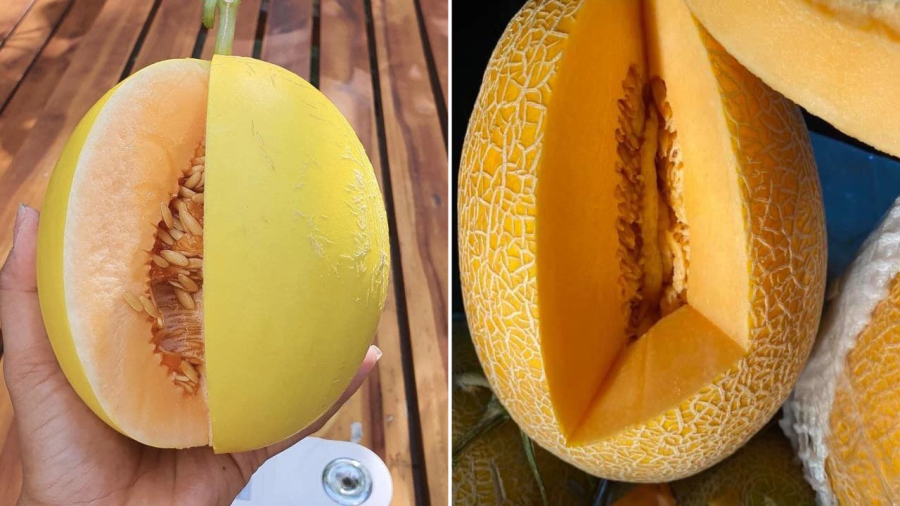
2. Examine the Color and Shape
Color and shape are essential indicators of a melon’s ripeness.
A ripe golden melon should have:
-
Bright, uniform yellow skin
-
No remaining green patches
-
A round, well-balanced shape
Choose melons that are plump at both ends, without deformities or sunken spots. Although melon size varies depending on the variety, the best fruits are typically the ones that feel heavy for their size, indicating dense, juicy flesh.
3. Inspect the Skin Texture
Good golden melons have skin that is:
-
Dry to the touch
-
Slightly textured or netted
-
Not shiny, slick, or overly smooth
You can press gently on the rind to test firmness. A ripe melon will have a little elasticity without feeling soft.
-
Too hard: unripe
-
Slightly springy: perfectly ripe
-
Too soft: overripe or beginning to spoil
Choose melons that feel heavy and firm but not rock-hard.
4. Tap the Melon and Listen to the Sound
Another simple technique is tapping the melon lightly with your hand.
A ripe melon will produce a:
-
Deep, resonant, and slightly echoing sound, indicating thick, juicy flesh
If the sound is:
-
High-pitched or hollow: the melon is still unripe
-
Dull and flat: the fruit may be overripe or lacking water
This method takes a bit of practice, but once you get used to the sound, it becomes a reliable way to assess ripeness.
5. How to Store Golden Melons Properly
If you don’t plan to eat the melon immediately, you can store it at room temperature for a few days in a cool, dry, and well-ventilated place. Room temperature helps preserve the melon’s natural sweetness and aroma.
Avoid exposing the fruit to direct sunlight or high heat, as this can cause it to spoil faster.
If the weather is extremely hot or you want the melon to last longer, you can keep it in the refrigerator’s vegetable compartment. Chilling the melon also makes it more refreshing when served.
News in the same category


Pour salt into the toilet, everyone calls you crazy but know its uses and do it at home right away

Amazing uses of pouring vinegar on meat: Everyone who knows will want to do it too

Chef reveals secret to stir-frying soft, lump-free vermicelli noodles that even the most clumsy person can easily do

Do not throw away air conditioner wastewater, it has many useful uses that many people do not know.

Good tips for those who have dry trees, help them produce many flowers, fruits, and sweet and rich fruits

A Simple Sock Trick to Clean Dusty Window Blinds with Almost Zero Effort
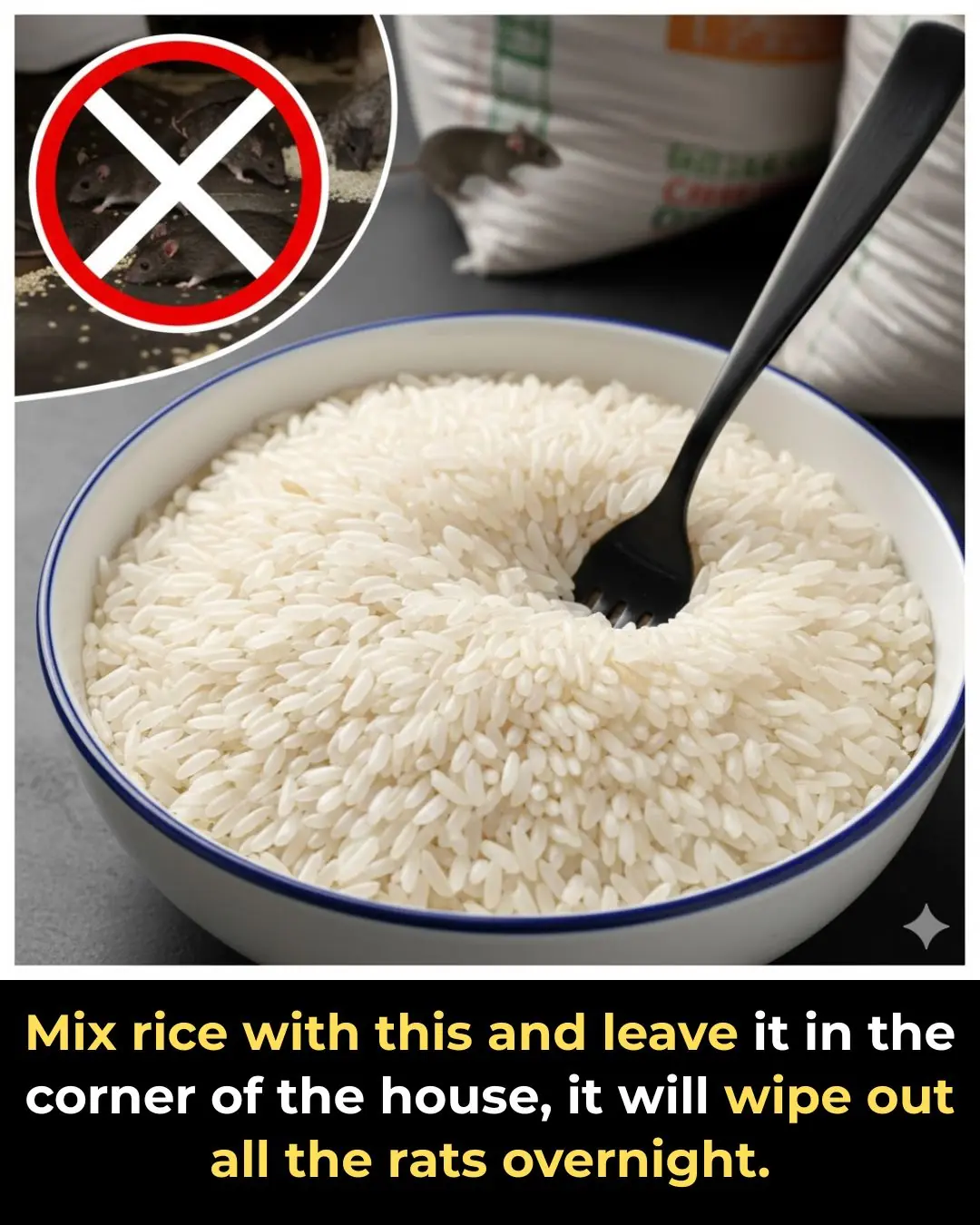
Mix rice with this and leave it in the corner of the house, it will wipe out all the rats overnight.

Air Conditioner Blowing Only Air but Not Cooling? Here’s How to Fix It Without Calling a Technician

Had no clue about this

Why Does Your Refrigerator Frost Over and Does It Increase Electricity Consumption?
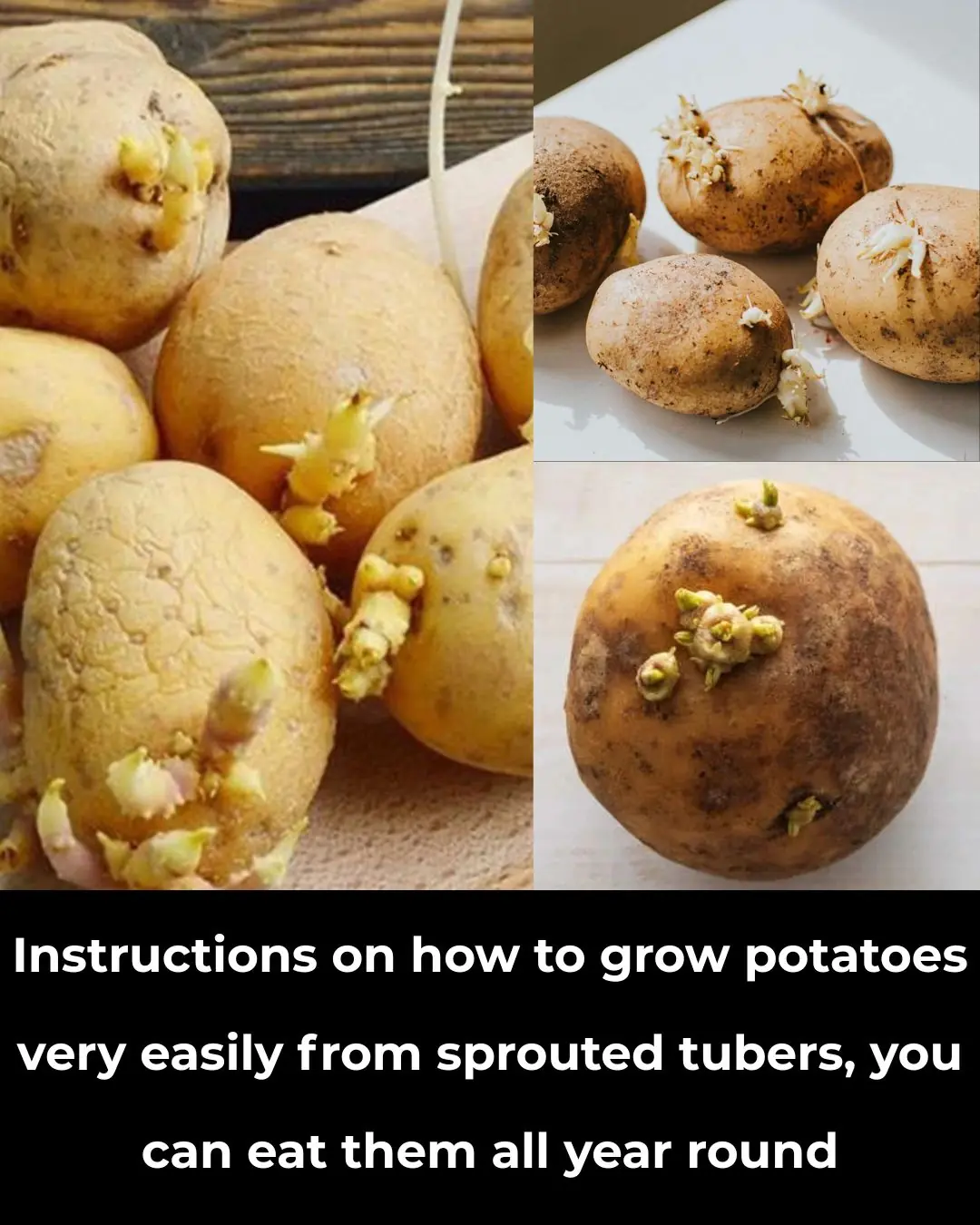
How to Grow Potatoes Easily from Sprouted Tubers and Enjoy Them All Year Round

You are doing it all wrong. Here’s the right way to ease morning stiffness

You are doing it all wrong. Here’s the right way to clear sinus pressure fast

Doctors Warn: 4 Types of Inflammation That Can Turn Into Cancer Within a Year If Left Untreated
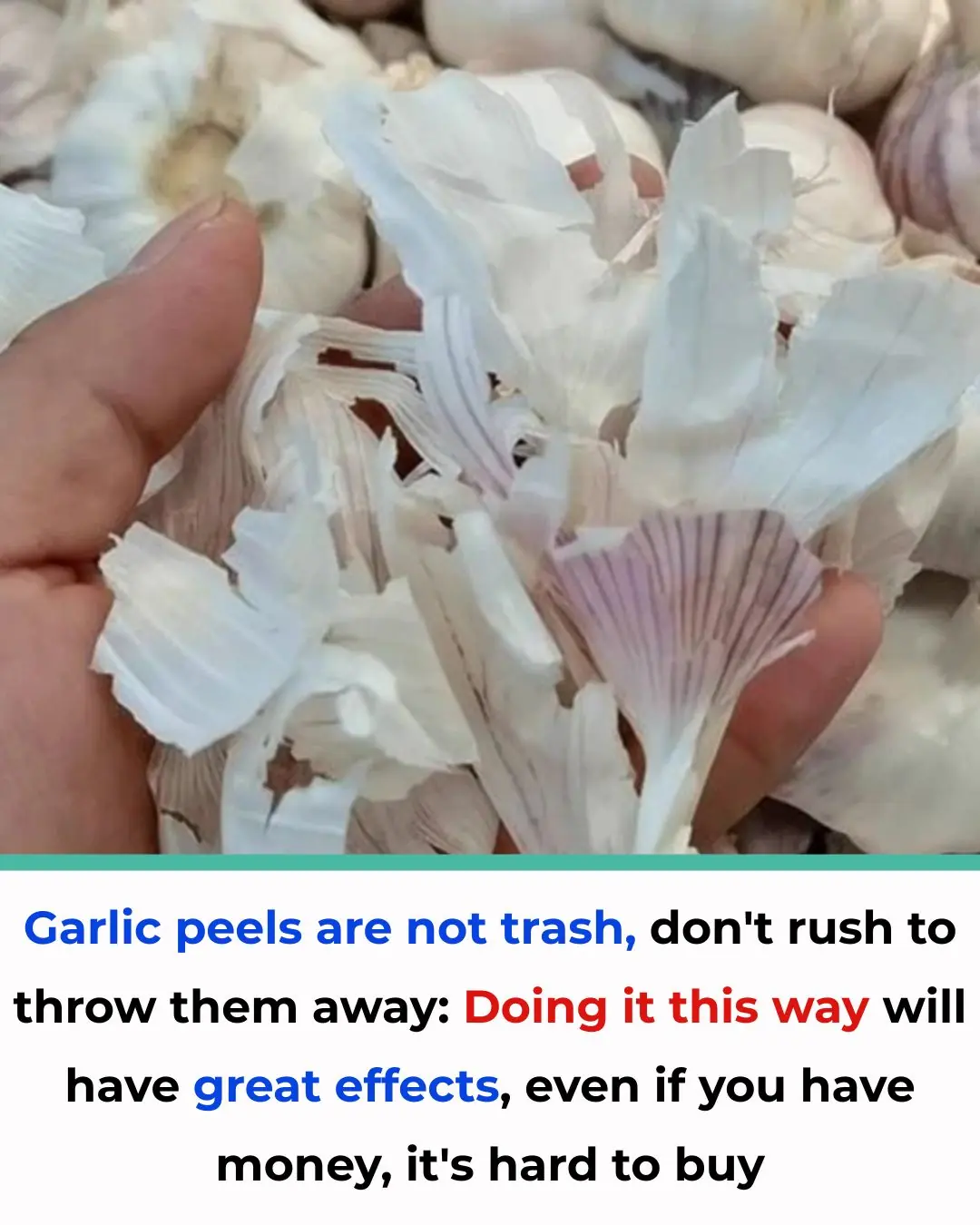
**Garlic Skins Are Not Trash — Don’t Throw Them Away Yet!

There are too many geckos in the house, give you some tips to make them 'once gone and never come back'

When cleaning the house, add this to the water and the floor will be as clean as new
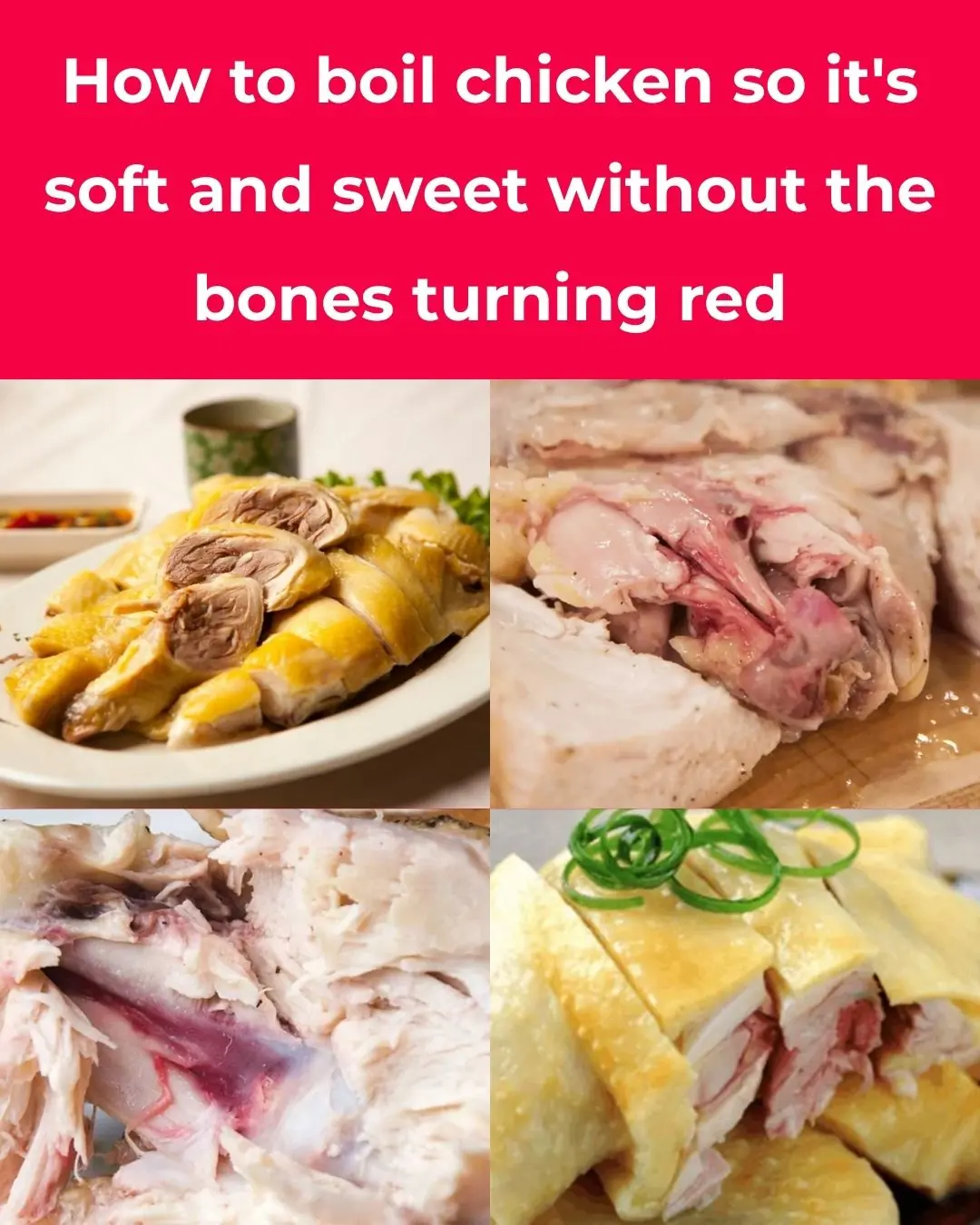
How to boil chicken until it's soft and sweet
News Post

Recreating a Legacy: Ruben Flowers Joins His Father as Co-Pilot on Captain Flowers’ Final Southwest Airlines Flight

Wood vs. Diamonds: The Cosmic Rarity of Life's Fingerprint

Local Washington State Park Changes Name Meaning To Honor Rosa Franklin, The States First Black Woman Senator

THIS SEED: AFTER 50, IT STRENGTHENS BONES & CURES ALL PAINS

High Blood Pressure Has a New Culprit

Civil War Era Politician Robert Smalls Becomes First African American to Receive Monument in South Carolina

How to treat nerve pain in the foot, toes & legs

Dr. Patricia Bath Set To Make History As First Black Woman Inducted Into National Inventors Hall of Fame

Unlocking the Power of Rosemary Tea: A Natural Elixir for Mind, Body, and Soul

🌌 An Accidental Revolution: How the Search for Black Holes Led to the Invention of Wi-Fi

📈 The $5 Trillion Threshold: NVIDIA Becomes the World’s Most Valuable Company, Reshaping Global Economic Influence

Angela Davis to Keynote Largest Black Feminist Conference in the Nation

🐝 The Silent Threat: Research Links Cell Tower Radiation to Harmful Effects on Honey Bee Health

NYC-Based Events Company Is Creating Spaces to Empower Indy Black Artists Across the East Coast

Why Some Eggs Are Speckled

Drinking Water the Right Way

This is the correct way to preserve pork in the freezer: The meat will not dry out, and will still retain all its nutrients for a whole month.

Pour salt into the toilet, everyone calls you crazy but know its uses and do it at home right away

What Are the “Black Triangles” Between Your Teeth
